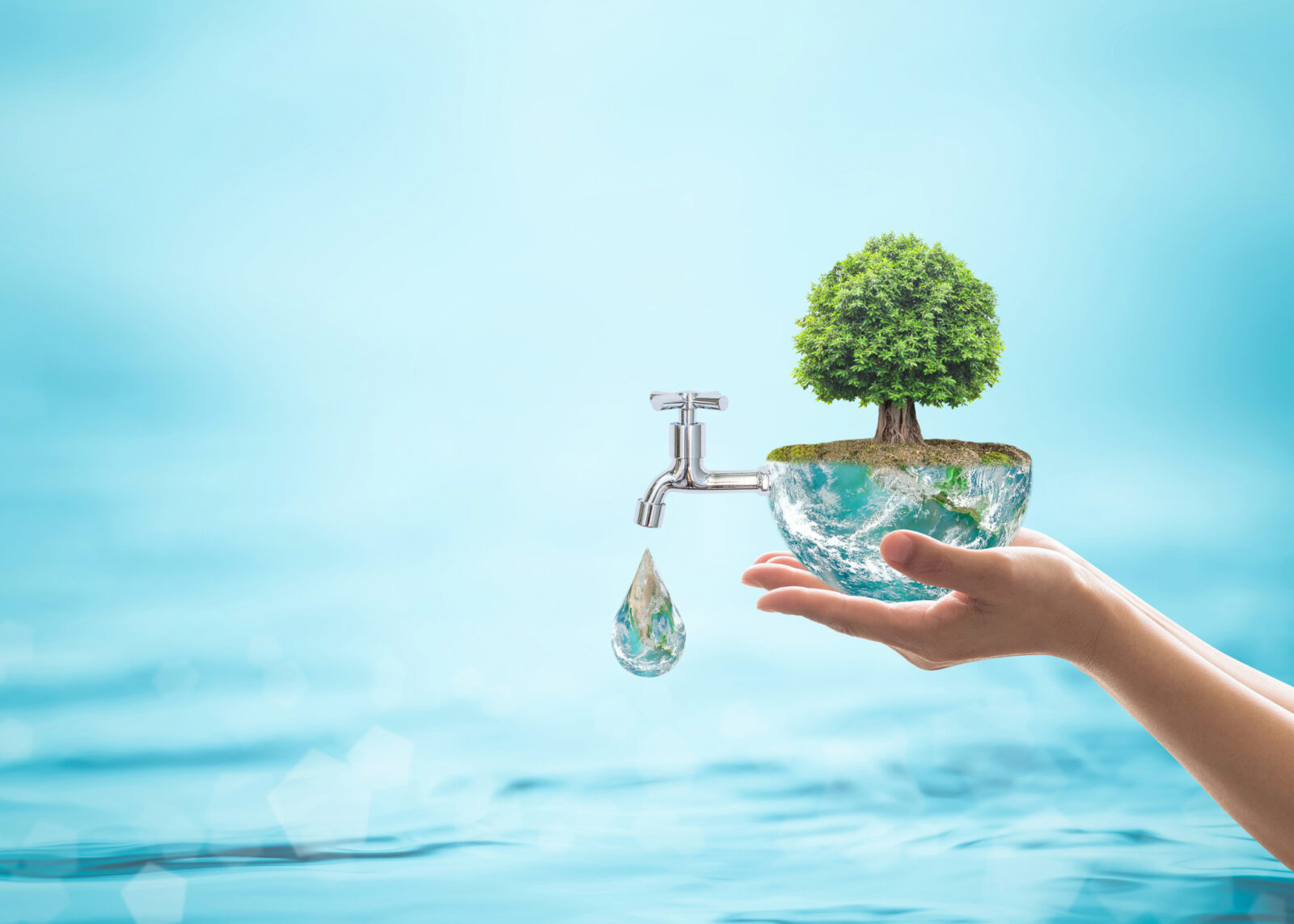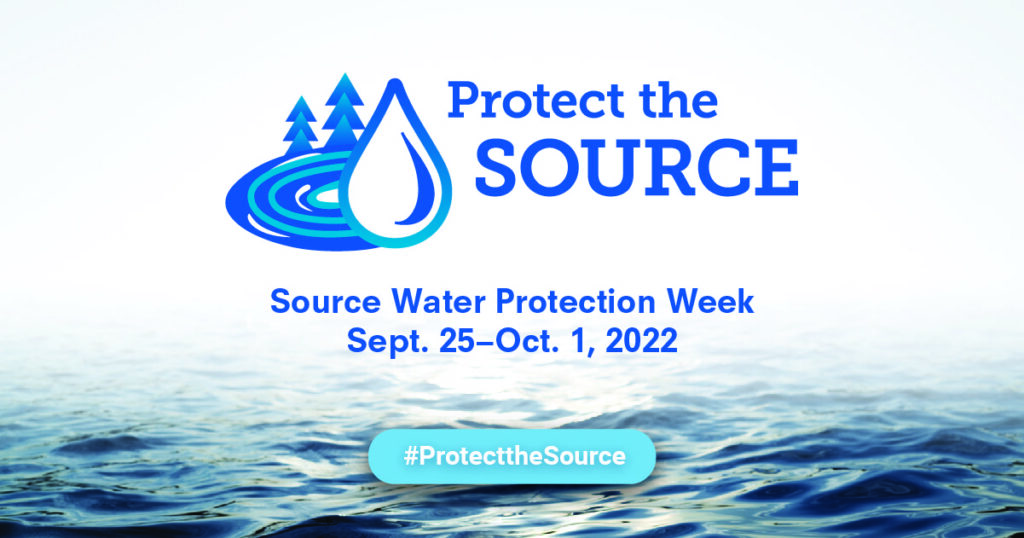Join Us For Source Water Protection Week
 September 26, 2022
September 26, 2022Join us as we celebrate the American Water Works Association’s second Source Water Protection Week! The best way to ensure that we all have access to safe, high-quality drinking water at the tap is to “protect the source.” That means keeping our rivers, lakes and underground wells free from pollution — and it requires a concerted, communitywide effort.
Pollution can come from any number of sources — like oil running off a street into a drain; fertilizer that leaches from a farm field; chemical spills; pesticides and herbicides washed off a lawn during a storm; even medications flushed down the toilet.

Water Supply Area
You’ve probably seen “Drinking Water Supply Area, Spill Response Call 911” or “Water Supply Area” signs throughout the Lehigh Valley area and beyond. The signs designate areas where water runoff flows into watersheds and source water — the places that supply drinking water. In LCA’s supply area, that includes the Lehigh River, Little Lehigh Creek, and surrounding aquifers.
The signs, part of an initiative by Pennsylvania Source Water Protection, the U.S. Environmental Protection Agency and others, were installed back in 2013 to increase awareness of source water protection, watersheds and the dangers posed by pollutants entering these water supply areas.
Accidents that result in a spill of hazardous materials — including gas, oil, diesel, antifreeze, and other chemicals — mean that those pollutants will likely end up in the watershed if they’re not cleaned up quickly and properly by trained emergency personnel. Road crews must also take care when applying de-icing materials to these roads, because stormwater can wash those materials into the watershed as well.
What Can You Do at Home?
As we mentioned earlier, source water protection doesn’t apply just to roads; it must be practiced everywhere. It’s an ongoing process, and it’s everyone’s responsibility — businesses and citizens alike. So, what can you do to help? Here are nine tips to get started. We’ll be rolling out more all this week, so stay tuned:
1) Limit — or eliminate — the use of chemical fertilizers: After a heavy rainfall or watering, these chemicals leach into nearby ground- and surface-water sources, causing nutrient pollution. Use organic materials, like compost, instead — or wait for drier weather if you absolutely must use lawn care products.
2) Pick up after your pet: Animal waste contains harmful organisms like e. coli, salmonella, and giardia. If you don’t pick up after your pet, the storm waters could wash these pollutants into our waterways. Animals waste is also high in nitrogen, which can cause algae blooms that, when they rot, deplete the oxygen in water — killing fish and other aquatic organisms.
3) Keep the farm clean: Large farms must file Nutrient Management Plans to show how they’ll deal with animal manure and prevent runoff.
Smaller farms aren’t subject to the same requirements, but may still produce enough animal waste to cause problems. Some farmers deal with excess manure by giving it away to gardeners. Others compost it.
Check out the American Water Works Association video at the left to learn more about the link between agriculture and nutrient pollution.
4) Wash your car at a car wash: Even though it might cost more than washing your car at home, taking your car to a car wash saves water and prevents toxic chemicals from being flushed down your storm drains that eventually empty into our lakes, rivers, streams, and oceans. Some re-use the water, but professional car washes are required to drain into sewer systems so that the water can be treated.
5. ) Do not flush expired or unwanted medication down the toilet or dump them down the drain.
Lehigh County has several collection options for safe disposal.
In addition, some drugstores also collect unused and unwanted medication.
6.) Take used oil or antifreeze to a service station or recycling center. Don’t let these toxins run into a storm drain, where they will be washed into our rivers and streams. Promptly repair any vehicle leaks, too.
7.) Avoid using antibacterial soaps or cleaning products. Not only are they toxic to marine life, studies have found they actually contribute to antibiotic-resistant bacteria.
8.) Switch from chemical bathroom cleaners to nontoxic options. There are many safe, effective, nontoxic cleaners on the market today. You can even clean the throne room with vinegar and baking soda!
9.) Dispose of chemicals such as paints, bug/pest repellants, and other hazardous wastes properly. Our local municipalities have regular collection events to help ensure these toxins don’t end up in our waterways.
10.) Dispose of fishing line, hooks, packaging, and bait cups in the trash. Not only are these unsightly along the banks of our waterways, they harm wildlife.
11.) Don’t litter! Plastic bags, cigarette butts, fast food containers, straws … they all end up in the water. Dispose of your trash properly!
Please check our social media pages all this week for more helpful source water protection tips. Remember: Anything you throw or store on the ground can find its way into sourcewater — and eventually, into the source of your drinking water!
Don’t forget to visit our Source Water Protection page to learn more about the importance of clean water, and what you can do to help keep it clean.